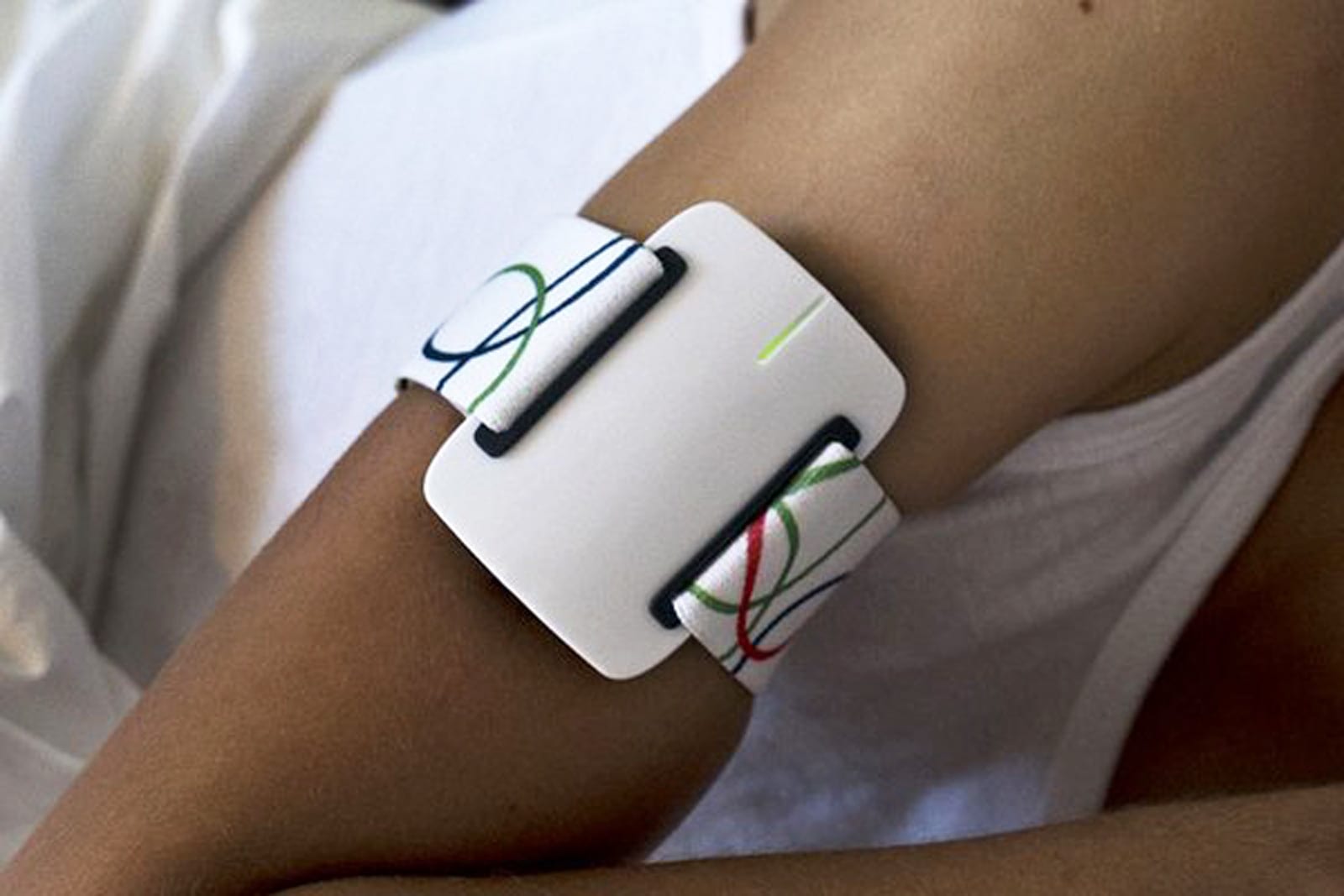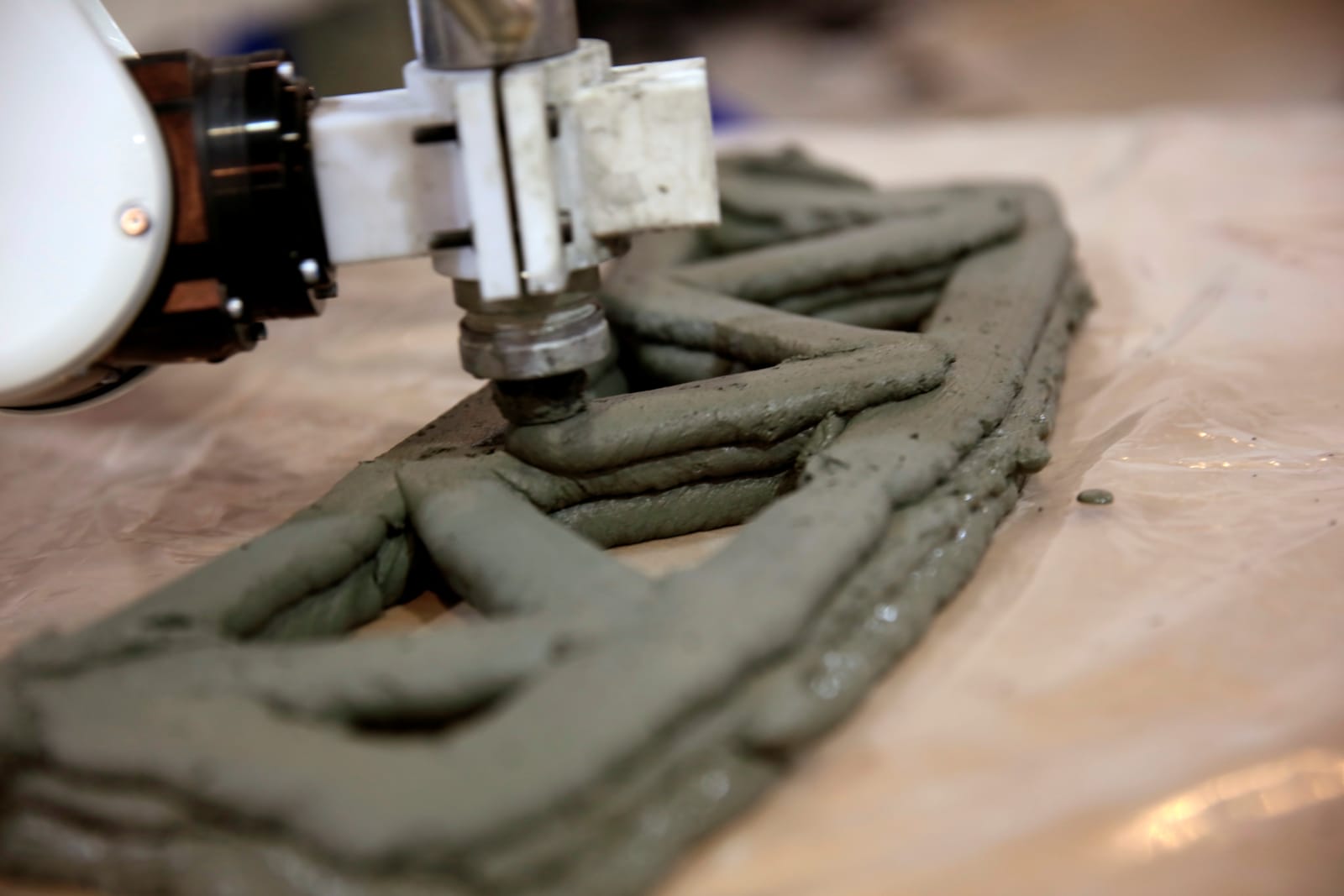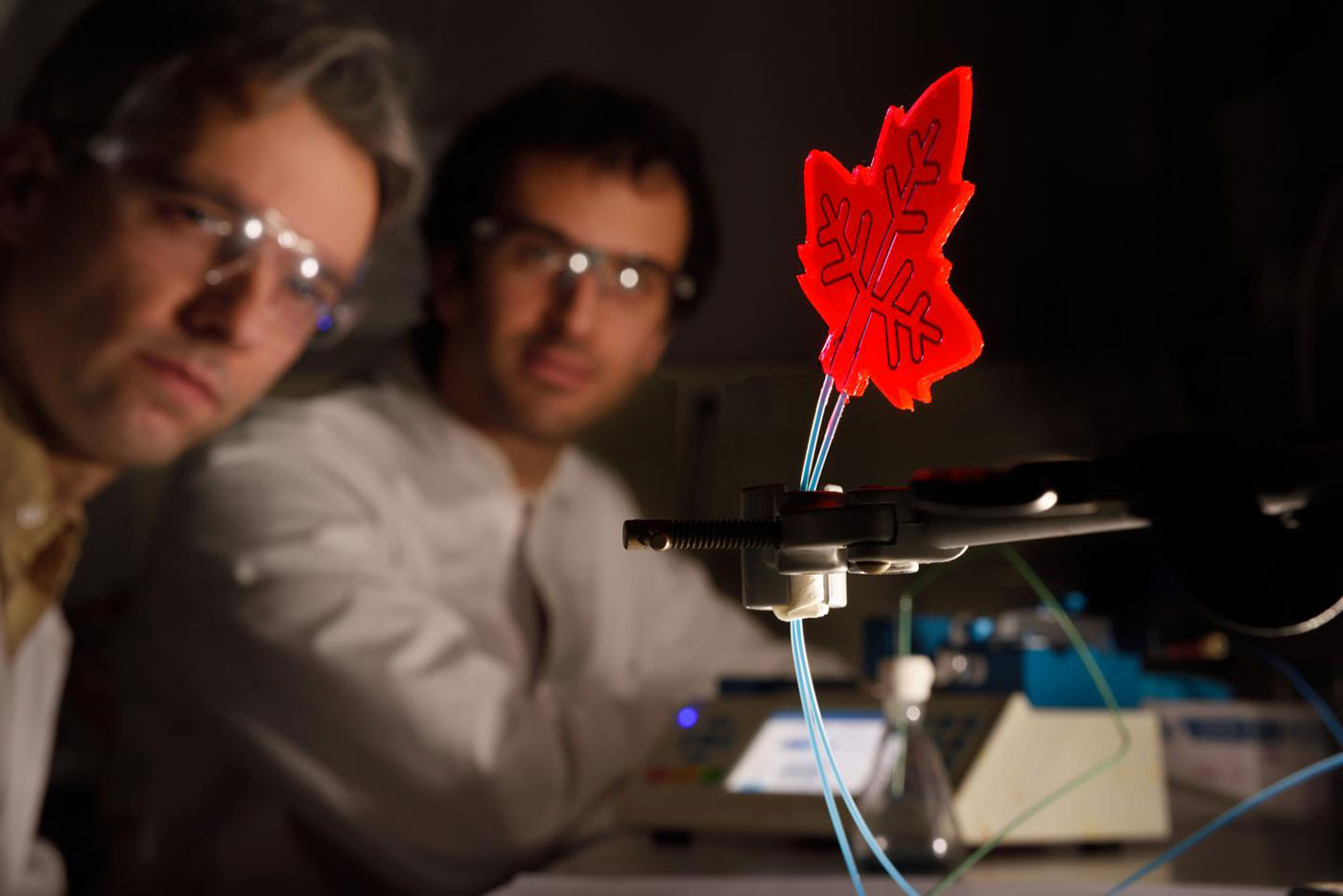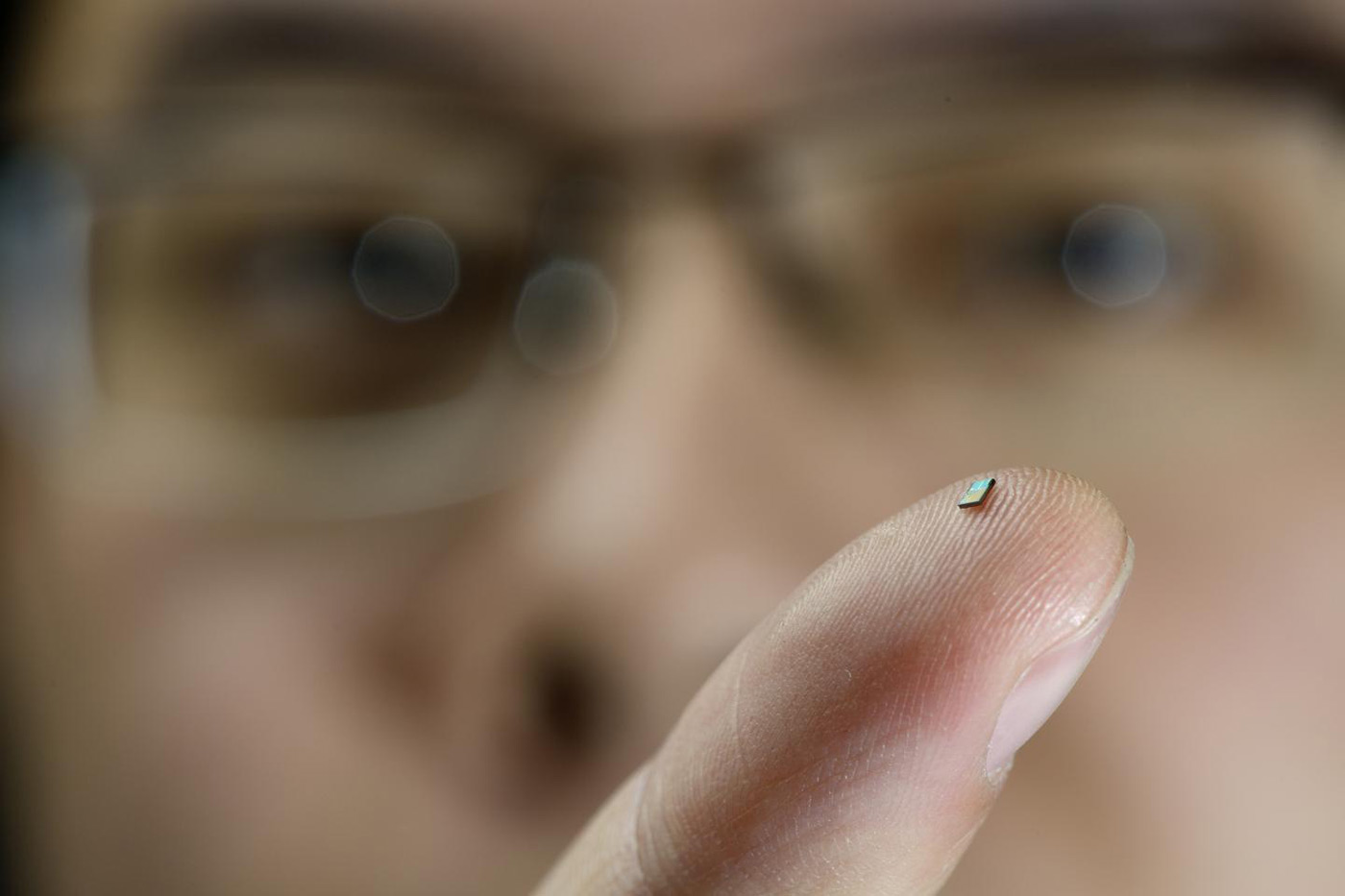 Aside from the sweltering daytime heat and the freezing night-time temperatures, the biggest problem for folks living in desert regions is finding sources of water. Researchers from Eindhoven University of Technology and Hong Kong Polytechnic have leveraged those temperature swings to help solve the arid region hydration conundrum with a cotton material that absorbs water straight from the surrounding air. Of course, it's not your run-of-the-mill fabric woven from fluffy white stuff. This cloth is coated in a special polymer, called PNIPAAm, that's hydrophilic (read: super absorbent) at temperatures 34°C and below, but becomes hydrophobic (read: repels water) when it gets any hotter.
Aside from the sweltering daytime heat and the freezing night-time temperatures, the biggest problem for folks living in desert regions is finding sources of water. Researchers from Eindhoven University of Technology and Hong Kong Polytechnic have leveraged those temperature swings to help solve the arid region hydration conundrum with a cotton material that absorbs water straight from the surrounding air. Of course, it's not your run-of-the-mill fabric woven from fluffy white stuff. This cloth is coated in a special polymer, called PNIPAAm, that's hydrophilic (read: super absorbent) at temperatures 34°C and below, but becomes hydrophobic (read: repels water) when it gets any hotter.
In absorption mode, the cloth can hold 340 percent of its own weight -- compared to just 18 percent without the polymer's aid -- and when it warms up, it releases the collected moisture as clean and pure potable water. So, it can help hydrate both plants and people in desert regions around the world. The boffins who created the stuff claim it's reusable and can be used on locally-sourced cotton fabrics for a minimal, 12 percent cost increase given current manufacturing conditions. Not impressed? Well, the magical moisture-absorbing material may get even better, as the plan is to increase the amount of water the material can hold and lower the temperature threshold for its release.
Filed under: Wearables, Science, Alt
Comments
Via: Extreme Tech
Source: Eindhoven University of Technology
 Nighttime epileptic seizures can be genuinely dangerous. If you have therapy-resistant epilepsy or a mental condition, you may have a one-in-five chance of dying from them. Thankfully, researchers at TUe may have a viable way of detecting and respond...
Nighttime epileptic seizures can be genuinely dangerous. If you have therapy-resistant epilepsy or a mental condition, you may have a one-in-five chance of dying from them. Thankfully, researchers at TUe may have a viable way of detecting and respond...
 Nighttime epileptic seizures can be genuinely dangerous. If you have therapy-resistant epilepsy or a mental condition, you may have a one-in-five chance of dying from them. Thankfully, researchers at TUe may have a viable way of detecting and respond...
Nighttime epileptic seizures can be genuinely dangerous. If you have therapy-resistant epilepsy or a mental condition, you may have a one-in-five chance of dying from them. Thankfully, researchers at TUe may have a viable way of detecting and respond...
 3D printing is a massive category that covers everything from small, DIY, plastic projects to metal meant to be used in Boeing's 787 airplane. Yet another usage has come to light, courtesy of the Eindhoven University of Technology in the Netherlands....
3D printing is a massive category that covers everything from small, DIY, plastic projects to metal meant to be used in Boeing's 787 airplane. Yet another usage has come to light, courtesy of the Eindhoven University of Technology in the Netherlands....
 When you're driving, it's all too easy to rage at fellow motorists who are either in a hurry or taking their sweet time. After all, you don't know the context. Are they in a real predicament, or just careless? If TUe researchers have their way, th...
When you're driving, it's all too easy to rage at fellow motorists who are either in a hurry or taking their sweet time. After all, you don't know the context. Are they in a real predicament, or just careless? If TUe researchers have their way, th...
 Wouldn't it be great to have the ability to concoct medicine anywhere the sun shines, even if it's on another planet? A team of Dutch scientists from Eindhoven University of Technology have developed an artificial leaf-like device that could make tha...
Wouldn't it be great to have the ability to concoct medicine anywhere the sun shines, even if it's on another planet? A team of Dutch scientists from Eindhoven University of Technology have developed an artificial leaf-like device that could make tha...
 The internet of things is a nice idea, but there's one big catch: you have to power all those smart devices, which is no mean feat when some of them might not even have room for a battery. Dutch researchers think they have a solution, though. They've...
The internet of things is a nice idea, but there's one big catch: you have to power all those smart devices, which is no mean feat when some of them might not even have room for a battery. Dutch researchers think they have a solution, though. They've...
